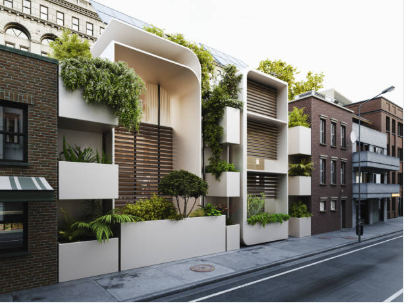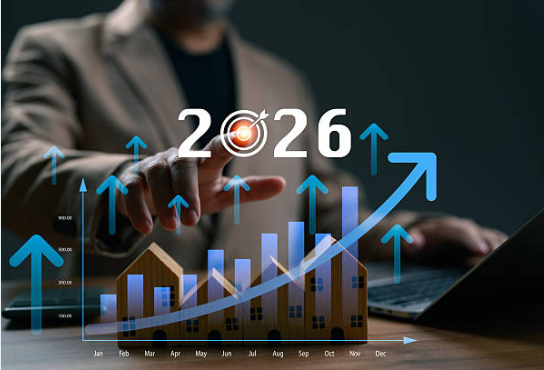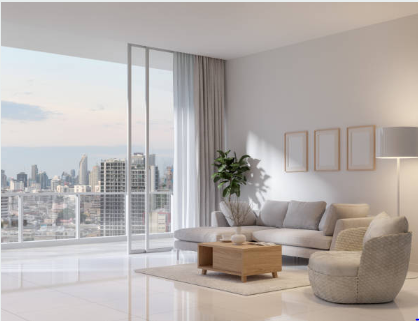Modern infrastructure shapes real estate developments worldwide, and Qatar is no exception. Over the past two decades, Qatar has undergone a remarkable transformation, evolving into one of the most dynamic real estate markets in the Middle East. This growth is fueled by visionary infrastructure projects that not only support urban development but also improve the quality of life for residents and attract global investors. We will explore the concept of modern infrastructure, its importance, and how it influences the real estate sector in Qatar.
What is Modern Infrastructure?
Modern infrastructure refers to advanced physical and organizational structures, facilities, and systems that support the functioning of a society or economy. This includes transportation networks, utilities (electricity, water, and gas), communication systems, and social infrastructure such as schools, hospitals, and recreational facilities. The integration of advanced technology into these systems further improves their efficiency, sustainability, and user experience.
Qatar’s Vision and Infrastructure Development
Guided by its National Vision 2030, Qatar diversifies its economy and reduces dependency on oil and gas revenues. A cornerstone of this vision is the development of world-class infrastructure. Significant investments have been made in transportation, hospitality, sports venues, and residential communities to position Qatar as a global hub for business, tourism, and culture.
Key Infrastructure Projects Driving Real Estate Growth
Hamad International Airport (HIA)
HIA is a prime example of Qatar’s commitment to world-class infrastructure. Ranked among the top airports globally, its expansion plans include state-of-the-art facilities and increased capacity to handle over 60 million passengers annually. Proximity to such a significant transportation hub has spurred real estate developments, particularly luxury apartments and hotels, serving business travelers and tourists.
Doha Metro
The Doha Metro, a modern and sustainable transportation system, has revolutionized connectivity within the capital. With over 37 stations across three lines, it has not only reduced travel time but also boosted real estate values in areas near metro stations. Neighborhoods such as Lusail, Al Sadd, and Msheireb Downtown have witnessed increased demand for residential and commercial properties.
Lusail City
Lusail City, often referred to as Qatar’s “City of the Future,” is a master-planned urban area that exemplifies the integration of modern infrastructure with real estate development. Featuring smart city technologies, sustainable design, and iconic landmarks like Lusail Stadium, it offers a mix of residential, commercial, and recreational spaces. This project has set a benchmark for modern urban living in the region.
The Pearl-Qatar
This man-made island is a symbol of luxury and sophistication, offering high-end residential properties, retail outlets, and entertainment options. Its well-planned infrastructure, including marinas, promenades, and utilities, attracts both local and international buyers.
The Impact on Real Estate
Modern infrastructure significantly improves the attractiveness of real estate developments in Qatar. Here are some key impacts:
- Increased Property Value: Properties located near major infrastructure projects such as metro stations, highways, and airports tend to have higher market values.
- More Accessibility: Improved transportation networks make residential and commercial properties more accessible, attracting a broader demographic of buyers and tenants.
- Sustainability: Infrastructure projects incorporating green building practices and renewable energy sources align with global sustainability trends, appealing to environmentally conscious investors.
- Economic Growth: Large-scale infrastructure projects create jobs, stimulate economic activity, and boost demand for housing and commercial spaces.
Modern Infrastructure and Property Trends in Qatar
Modern infrastructure is key to growing real estate in Qatar by making cities more connected and improving everyday life. Better roads, airports, and public transport like the Doha Metro make it easier for people to move around and attract more residents and businesses. Advanced utilities, green energy projects, and smart technologies also support building modern homes, offices, and mixed-use spaces that meet current needs.

Property trends play a big role in shaping real estate projects. Many people now want luxury homes, eco-friendly buildings, and areas with both housing and shops together. Events like the FIFA World Cup have also increased the demand for short-term rentals, while families look for affordable and family-friendly homes. These trends guide developers to design better spaces and create thriving communities.
Real-Time Insights and Future Prospects
As of 2025, Qatar’s real estate market remains resilient, driven by its strong infrastructure and preparations for global events. Post-FIFA World Cup 2022, the country continues to leverage its state-of-the-art stadiums and facilities for international conferences and sporting events, further improving its appeal. Moreover, the expansion of Lusail City and ongoing developments in areas like Msheireb Downtown signal a promising future for the sector.
Qatar is also embracing digital infrastructure, with smart technologies integrated into real estate projects to improve energy efficiency, security, and convenience. These advancements position Qatar as a leader in innovative urban planning and development.
Find Your Dream Property with Saakin
Saakin is Qatar's trusted real estate directory, connecting you to the best properties across the country. Whether you’re searching for a luxurious villa, a modern apartment, or a commercial space, Saakin simplifies your journey with accurate listings, detailed insights, and expert guidance. Explore properties that suit your lifestyle and budget through our user-friendly platform, complete with high-quality images and essential details. Stay updated on the latest property trends, prices, and prime locations in Qatar. With Saakin, finding your perfect space has never been easier. Start your property search today and turn your dream into reality!
Conclusion
Modern infrastructure is the backbone of Qatar’s real estate growth, enabling the nation to achieve its ambitious goals under the National Vision 2030. By investing in cutting-edge transportation, utilities, and smart city initiatives, Qatar not only enhances its global standing but also creates a thriving environment for residents, businesses, and investors. As the country continues to evolve, its commitment to world-class infrastructure will undoubtedly shape the future of real estate development, ensuring long-term sustainability and prosperity.
FAQs
How does modern infrastructure benefit Qatar's real estate sector?
It improves connectivity, provides better living standards, and attracts local and international investors.
What are some examples of modern infrastructure in Qatar?
Projects like Hamad International Airport, Doha Metro, Lusail City, and The Pearl-Qatar showcase Qatar’s advanced infrastructure.
Is sustainable development part of Qatar’s real estate growth?
Yes, Qatar focuses on green building practices and sustainable energy to ensure long-term environmental benefits.
How does transportation infrastructure impact real estate?
Improved roads, metro systems, and ports make locations more accessible, increasing property demand and value.
How does modern infrastructure attract foreign investors?
World-class facilities, advanced technologies, and sustainable urban planning create a competitive market appealing to global investors.
Does Saakin feature properties in areas with modern infrastructure?
Yes, Saakin.qa lists properties in top locations like Lusail, The Pearl, and West Bay with advanced infrastructure
Also Read: Evolution of Qatar’s Skyline: From Traditional Architecture to Modern Marvels
Comments
No comments yet.
























